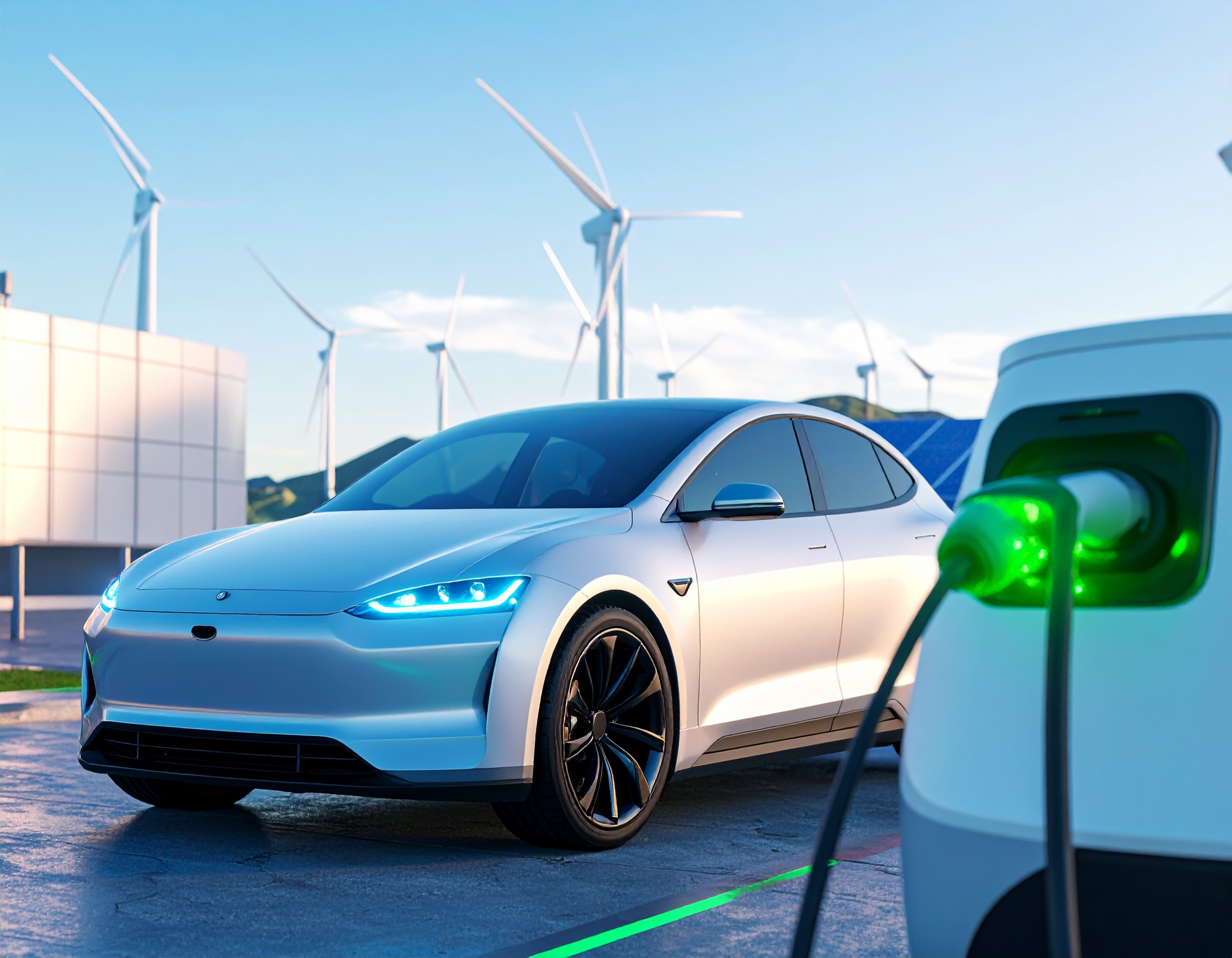South African Platinum Demand Set to Rise with China-Toyota Hydrogen Fuel Cell Project

A major development is set to enhance the demand outlook for South African platinum group metals (PGMs) following the announcement of a strategic joint venture (JV) between Japan’s Toyota Motor Corporation and China’s Shudao Investment Group. The JV will establish a hydrogen fuel cell manufacturing plant in Chengdu, Sichuan Province, China, marking a significant milestone in the growing hydrogen economy and platinum demand.
The new facility, backed by a multi-billion-yuan investment, will focus on producing hydrogen fuel cell systems, fuel cell stacks, and key components for heavy-duty commercial vehicles, including large trucks, dump trucks, buses, and municipal sanitation vehicles. Scheduled to be operational by the end of this year, the project responds to China’s aggressive push towards carbon neutrality and the expansion of its hydrogen ecosystem.
Hydrogen and green electricity needed for the plant will be supplied from the Chengdu-Chongqing Hydrogen Corridor, which is rapidly emerging as a regional hydrogen hub specialising in commercial vehicle applications. Government incentives, such as highway toll reductions for platinum-based fuel cell electric vehicles (FCEVs), have been instrumental in finalising this landmark deal, positioning Chengdu as one of the world’s leading hydrogen regions.
Toyota’s investment aligns with its broader strategic objective to contribute to China’s ‘double carbon’ goals — reducing CO₂ emissions and achieving net-zero targets. The company’s leadership in hydrogen mobility is well established, following the launch of the Mirai hydrogen-powered vehicle and multiple collaborations across China’s fuel cell sector.
The World Platinum Investment Council (WPIC) welcomed the announcement, highlighting China’s growing dominance in the global hydrogen market. WPIC forecasts that China will account for more than 50% of installed electrolyser capacity worldwide by 2030 and will drive 32% of platinum demand linked to hydrogen fuel cell technology. WPIC also projects that FCEVs could represent between 8% and 12% of China’s future vehicle market, further strengthening the demand for platinum, which is a critical catalyst in fuel cell technology.
The cost of fuel cell stacks has already dropped by 80% since 2018, and ongoing research focuses on increasing their longevity to achieve 1.8 million kilometres of fuel cell life. This progress makes hydrogen fuel cell vehicles more economically viable, supporting their mass adoption in China and beyond.
Meanwhile, South Africa is advancing its green hydrogen ambitions. Green Hydrogen Solutions, through its special purpose vehicle GHS Green Hydrogen, is developing a green hydrogen project in the East London Industrial Development Zone in the Eastern Cape. Furthermore, the Coega Green Ammonia Project near Nelson Mandela Bay is entering its final development phase, supported by extensive requests for proposals covering infrastructure such as solar farms, wind farms, and green ammonia production facilities. This development was recently recognised with ‘lighthouse’ status at the Africa Green Hydrogen Summit, underscoring South Africa’s growing leadership in clean hydrogen technologies.
Globally, green hydrogen activity is accelerating. Projects in Brazil, Australia, China, and Europe are rapidly scaling up green hydrogen and green ammonia production, supporting diverse sectors from agriculture to maritime and aviation. Notably, Canada’s Ballard Power Systems has secured deals to supply platinum-based fuel cell engines for marine vessels, further exemplifying the expanding use of PGMs in clean energy applications.
The surge in hydrogen fuel cell technology and infrastructure, especially in China, raises the question of sustained platinum demand. Experts note China’s PGM consumption is expanding across automotive, chemical, glass, hydrogen, and jewellery industries. China’s overwhelming position as the world’s largest consumer of PGMs is expected to continue driving demand growth throughout this decade.

